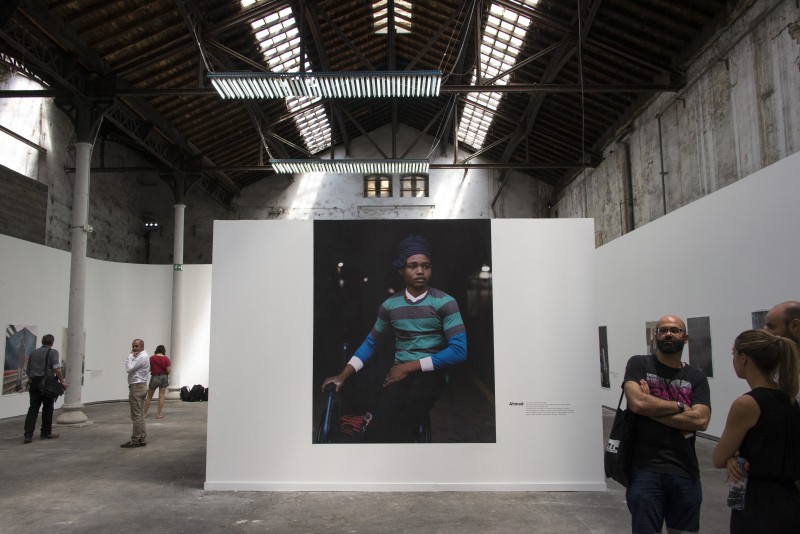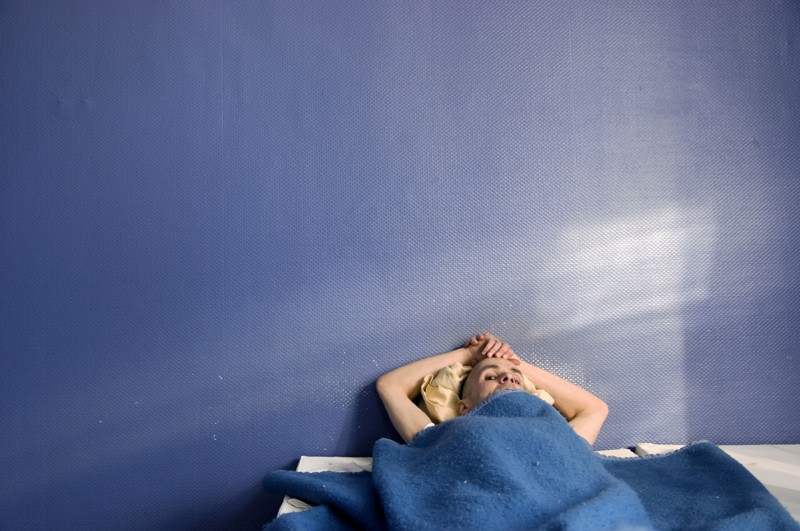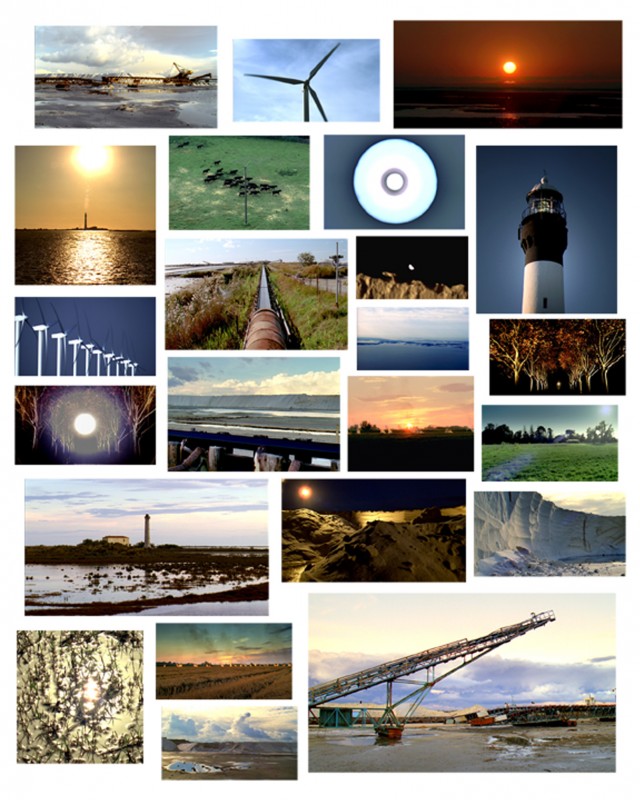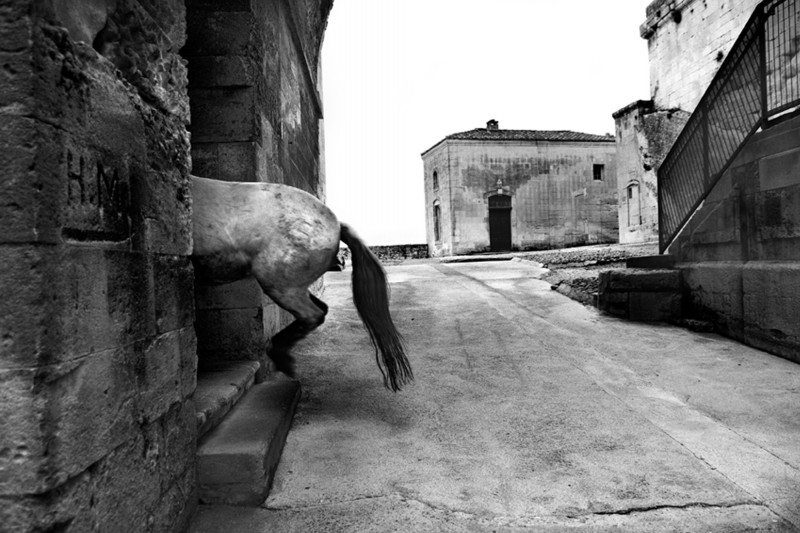Edition 2011
Exhibition presented by le Méjan
The right to know
1961-2011: Amnesty International and photographers
For fifty years now Amnesty International has been calling attention to violence all over the world.
In its reports and statements it has denounced the violations of human rights that are a daily occurrence, and the result has been increased public awareness and citizen mobilisation around the world: heads of state, governments and decision-makers have repeatedly been confronted with their responsibilities.
In their commitment to the defence of human rights Amnesty International activists share the capacity for indignation that motivated the earliest campaigns of the organisation founded by Peter Benenson. Outraged by the jailing of two Portuguese students who had dared to drink a toast to freedom during the Salazar dictatorship, on 28 May 1961 this London lawyer published a first call to action on behalf of six prisoners of conscience, in The Observer.
To inform, publicise, ward off oblivion and establish the facts as impartially as possible: these remain the driving forces for a movement that quickly took on international proportions.
If Amnesty International has chosen to associate itself with leading names in the photojournalism field, it is not so much to ‘celebrate’ its fiftieth anniversary as to gauge what this half-century of struggle and mobilisation has meant, to take an objective look at the organisation’s commitments past and to come, and to make clear what is at stake. The point, then, is not to illustrate AI’s activities, but to explore the way photographic styles converge and complement each other, and so high- light the abuses to be combated in a complex world that Amnesty International condemns and photographers chronicle.
Some of these images may shock. Indignation is often the first step towards a purely personal commitment which later involves others and turns ‘lost causes’ into victories. This is the firm belief of Amnesty International, which, fifty years after its founding, now counts some three million members united by the conviction that defending human rights is everybody’s business and calls for the mobilisation of all.
For fifty years now Amnesty International has been calling attention to violence all over the world.In its reports and statements it has denounced the violations of human rights that are a daily occurrence, and the result has been increased public awareness and citizen mobilisation around the world: heads of state, governments and decision-makers have repeatedly been confronted with their responsibilities. In their commitment to the defence of human rights Amnesty International activists share the capacity for indignation that motivated the earliest campaigns of the organisation founded by Peter Benenson. Outraged by the jailing of two Portuguese students who had dared to drink a toast to freedom during the Salazar dictatorship, on 28 May 1961 this London lawyer published a first call to action on behalf of six prisoners of conscience, in The Observer. To inform, publicise, ward off oblivion and establish the facts as impartially as possible: these remain the driving forces for a movement that quickly took on international proportions.If Amnesty International has chosen to associate itself with leading names in the photojournalism field, it is not so much to ‘celebrate’ its fiftieth anniversary as to gauge what this half-century of struggle and mobilisation has meant, to take an objective look at the organisation’s commitments past and to come, and to make clear what is at stake. The point, then, is not to illustrate AI’s activities, but to explore the way photographic styles converge and complement each other, and so highlight the abuses to be combated in a complex world that Amnesty International condemns and photographers chronicle.Some of these images may shock. Indignation is often the first step towards a purely personal commitment which later involves others and turns ‘lost causes’ into victories. This is the firm belief of Amnesty International, which, fifty years after its founding, now counts some three million members united by the conviction that defending human rights is everybody’s business and calls for the mobilisation of all.
Introduction by Pauline David and Pierre Huault (Amnesty International).
Texts and lecture by Michel Christolhomme.
Exhibition venue: Magasin Électrique, Parc des Ateliers.
Introduction by Pauline David and Pierre Huault (Amnesty International).Texts and lecture by Michel Christolhomme.
Exhibition venue: Magasin Électrique, Parc des Ateliers.











